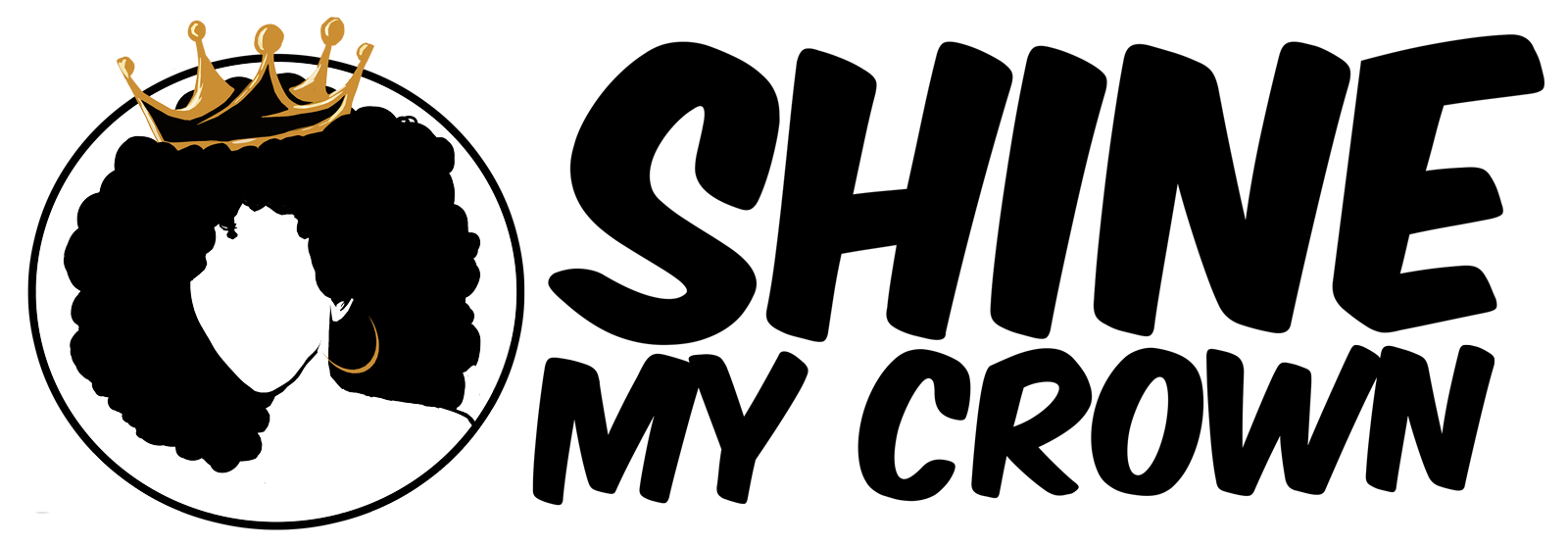A young mother’s journey living with a hampering scalp condition is sharing how the battle has affected her relationship with her natural hair.
Brittany Williams had visited a dermatologist when it was discovered that she had seborrheic dermatitis, a skin and scalp condition that causes scaly patches, inflamed skin and stubborn dandruff. Since then, she said she had to find new ways to work around the diagnosis and reestablish her relationship with her hair.
“My hair has always been my creative outlet,” Williams penned in an article for PureWow. “When I get my hair done, it affects my mood. When it’s colorful, I feel jovial. When it’s freshly cut, I feel fierce, and when I wear it in longer styles, I feel dainty and feminine. On the other hand, when my hair is in disarray, I feel like a couch potato in hibernation. Different styles bring out different emotions.”
She revealed that she loved trying out different styles and colors with her hair, but when she became pregnant, she decided she would leave her hair alone and work to grow long, healthy hair.
“But postpartum was brutal. Three months after giving birth, my hair started thinning around my edges, which didn’t bother me too much at first because I knew it would grow back,” she recalled. “But then my hair began falling out rapidly and my scalp was flaking regularly. The flaking led to itching and scratching, which quickly escalated to stinging and scabbing.”
She would end up finding a dermatologist who diagnosed her with seborrheic dermatitis. She said knowing that it was a condition she would have to deal with, she was determined to educate herself and do what she could to properly treat her symptoms.
“I’m a very impulsive person, so when I see a style I like, I immediately start planning how I’m going to wear it,” Williams wrote. “The only difference now is I find alternatives and consider how the style may affect my scalp. This limit on my creativity forces me to put my focus elsewhere like my hair health and length retention.”
She says her routine now consists of styles that require low manipulation and she washes her hair one to two times per week. Daily scalp massages help a ton, she noted, adding that the massages help circulate blood to the area and lift buildup.
“I never really thought about my relationship with my hair outside of how I expressed myself through different styles,” she concluded. “Now, I’m excited about reaching new hair goals and I’m grateful that my scalp is no longer irritated. I’m open to slowly introducing new styles that work for my hair, and with my scalp issues finally under control, I’m hopeful that I can finally grow my hair out.”
